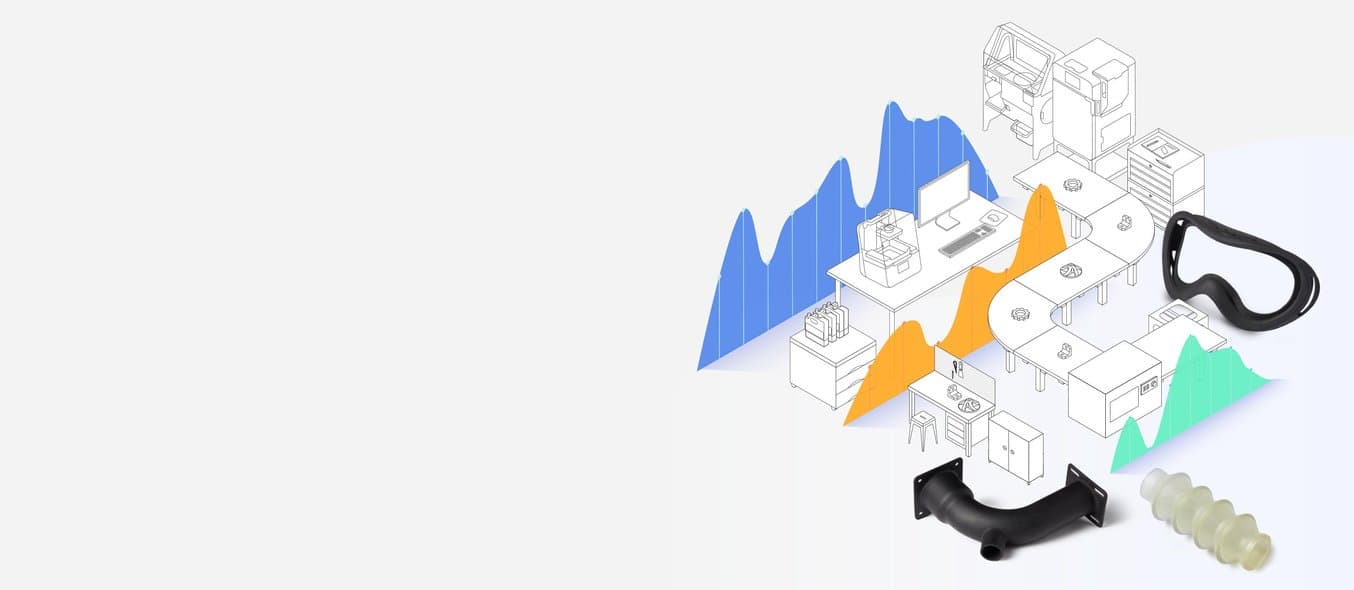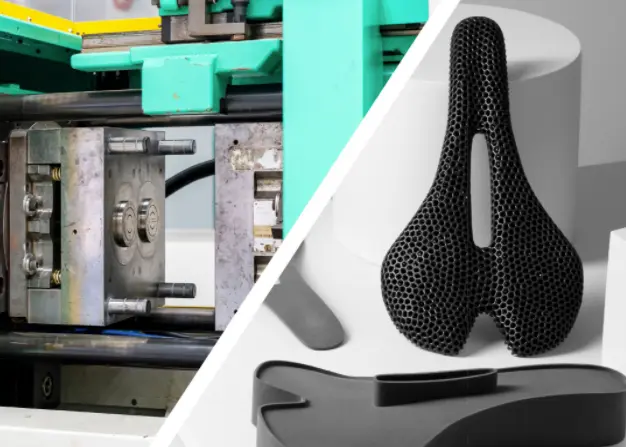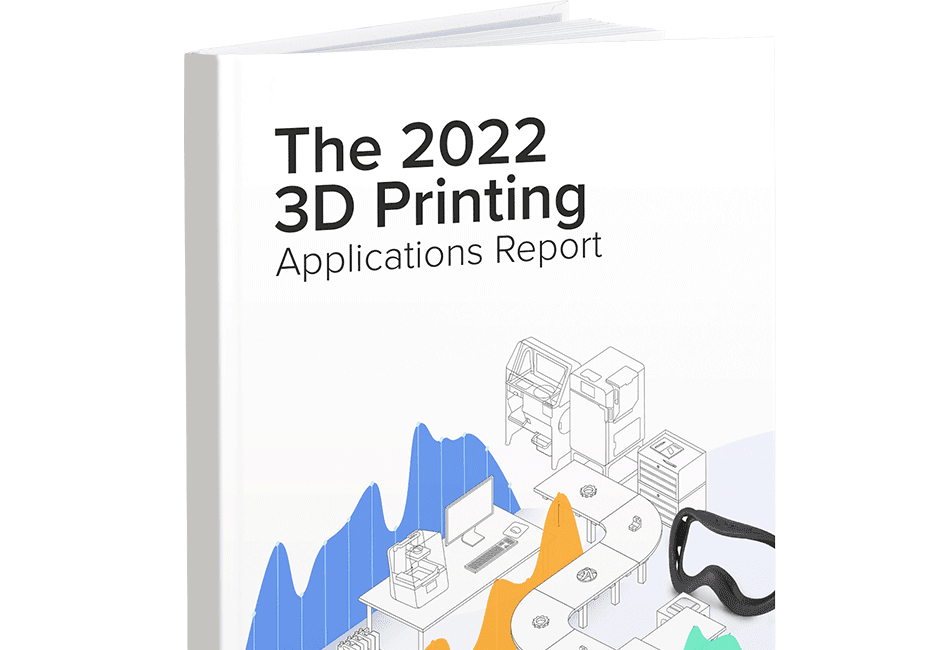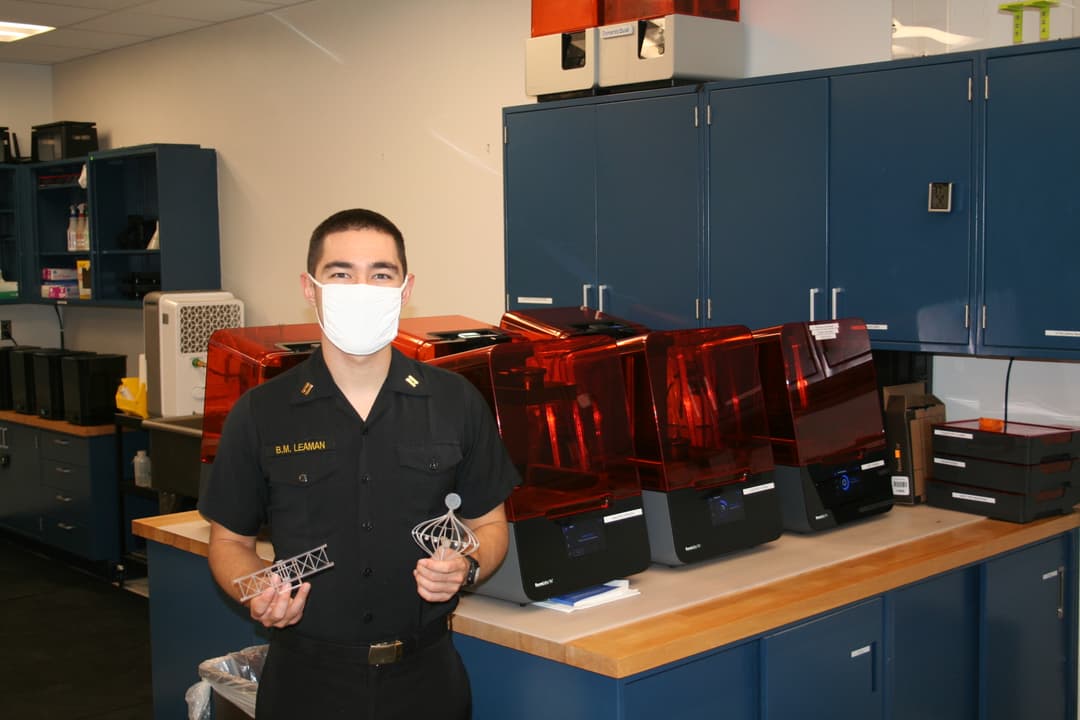
At Formlabs, we have a lot of ideas about the future of 3D printing which we share publicly at events, trade shows, on this blog, and on social media. But we wanted to gain insights into what users and businesses think: what are they investing in, which 3D printing technologies are they using, and why are they making those decisions?
That’s why Formlabs created our first ever state of the industry report, called “The 2022 3D Printing Applications Report”. Filled with key insights on what is driving current and future investment in additive manufacturing, this report is based on survey data from 400 businesses in a multitude of industries around the world.
We’re excited to announce that today we’re making The 2022 3D Printing Applications Report free to anyone looking to explore the past, present, and future trends of 3D printing’s role in manufacturing.
What You Will Learn From The Report
No longer primarily the domain of hobbyists, powerful, reliable 3D printers have developed into essential tools for businesses. 3D printing can increase manufacturing speeds, reduce costs, enable rapid prototyping, and facilitate innovative products and designs. But how is the 3D printing landscape changing? What new applications are gaining traction? That’s what this report is all about.
Our respondents belong to industries such as: manufacturing, aerospace, automotive, consumer goods, and more. We surveyed a wide range of users, from early adopters (those that have been 3D printing for five years or more), to recent adopters (those who have made their first investments in the past two years). Formlabs also included a group of businesses who have yet to make their first investments into 3D printing in order to better understand potential roadblocks to future adoption.
Here are some questions we wanted answered:
- Given the impact the COVID-19 pandemic has had on global supply chains, has 3D printing played a bigger role in solving supply chain issues?
- With the decline in prices for desktop and benchtop 3D printers, including machines like the Fuse 1 SLS printer, has there been increased adoption of manufacturing systems for end-use parts?
- The 3D printing industry has been growing consistently over the years. Is the growth coming from the same or new applications?
- Has investment in 3D printing peaked, or will the market continue to grow? If so, why?
- Which types of printer technology are the most popular, and has that changed over the past few years?
Let’s examine one of these questions: is 3D printing playing a bigger role in addressing supply chain challenges? Our survey data shows the answer is a resounding yes.
Due in part to the COVID-19 pandemic, many new benefits of in-house 3D printing have surfaced. Recent adopters of additive manufacturing seem to have looked to 3D printing to help them during the pandemic, with 57% of them “agreeing” or “strongly agreeing” that their internal 3D printing capabilities are helping to solve supply chain issues. This trend is heavily skewed towards recent adopters, showing that the next generation of 3D printing users see a wider-range of business applications for their printers.
| Recent Adopters | Early Adopters |
|---|---|
| 57% | 22% |
This is a trend that should continue into the future. Formlabs expects that as businesses expand the ways they use 3D printing, they will not revert back fully to traditional manufacturing methods. In this case, protecting themselves from external supply chain shocks is a major new benefit that few businesses will want to surrender. Be it massive storms, blocked trade routes, or a global pandemic, 3D printing enables small-batch production and easy machine repair to keep businesses running even when shipments are delayed.

SLS 3D Printing vs. Injection Molding: When to Replace Molded Parts With 3D Printing?
This white paper showcases the cost-dynamics for real-life use cases, and presents guidelines for using SLS 3D printing, injection molding, or both.
Curious to See the Answers For All the Other Questions? Read the Full Report

The 2022 3D Printing Applications Report is packed full of information on the current state of the 3D printing industry. It covers changes in perceived benefits (such as addressing supply chain shocks) of 3D printing, to adoption of new applications, and more.
The entire report is available below, free to download. Let us know what you think of the report on LinkedIn.

